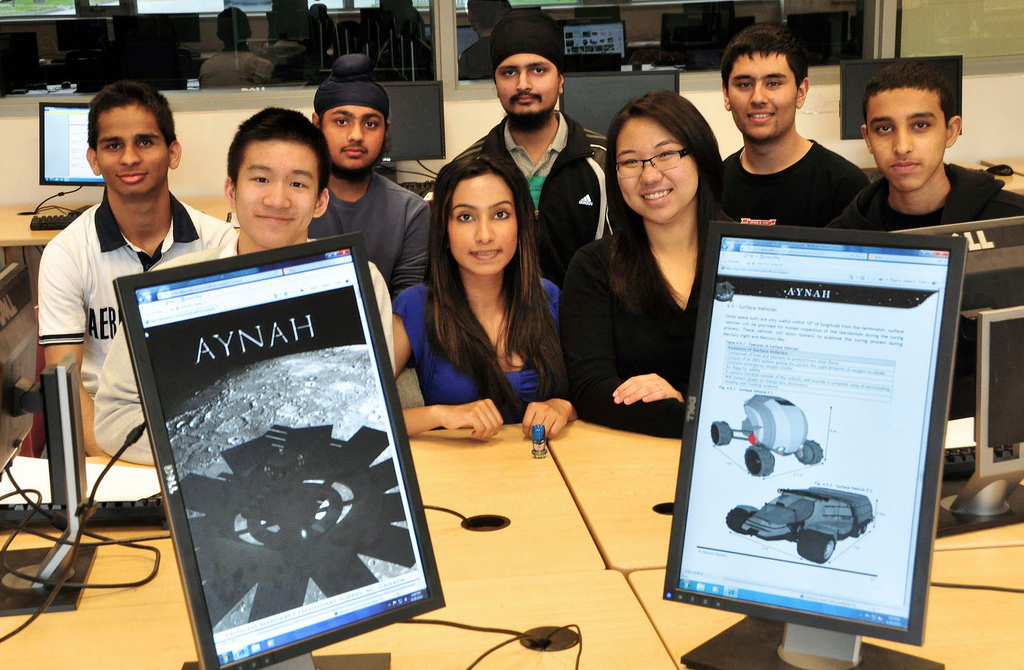The relationship between students and their textbooks
By Elliot Chan, Staff Reporter
As Douglas College classrooms fill up for a new academic year, students are emptying out their wallets for the exact same reason. Regardless of how much students organize their educational finances, the textbook monopoly will take a big chunk out of their limited funds. It’s the way the game is played—but are textbooks a good investment, or are they simply a luxury tax? A 900-page burden, or an instructional baton waiting to be passed on to the next wary student seeking discounts?
Postings for used textbooks cover the bulletin board on the first floor at the New Westminster campus. It’s obvious that most students have little intention of keeping their expensive textbooks for future reference. Students are simply doing what students do best—being obedient.
“I want to spend as little as possible,” said third-year business student Haleen Mullhi. “But I’ll end up spending between $300 and $400, which adds up to $2,000 each semester.”
Music and accounting have consistently produced some of the priciest textbooks in the store. But the bookstore itself only receives a 25 per cent margin, which Ryan Hill, bookstore supervisor, considers low.
“We are retail, but we are also a service department in the college,” said Hill. “After covering shipping and overhead, the bookstore makes a low profit.”
It’s not always easy to see the gain in textbooks when all you hear about are students trying to offload them and the bookstores accepting refunds.
When asked whether or not she will sell her textbook at the end of semester, Mullhi confidently said, “Yes, I’ll post it out on the board and see if anyone wants them.”
Students don’t have many options when the course is done. The textbooks age and become irrelevant, so even though they might not be studying marketing, they still have to be salespeople and attempt to make some money back while clearing off their bookshelves. Many consider open postings on the bulletin board, but be forewarned: although that option might feel like a free-for-all, it can also be a stressful bidding war. Buybacks are the alternative, but students often find the compromise of 10 per cent or less insulting—that’s if the bookstore even decides to take it back.
“We don’t run any stats, so it is tough to say which program has the most textbooks returned,” said Hill. “It is all pretty balanced, because I believe most students have the same mentality—rather they have found another source or they dropped a class.”
The current refund policy only allows for students to return their books in the first month of the semester, within 14 days of their purchase. They must have the sales receipt and may need picture ID.
It’s difficult to tell which program yields the most returns, but Hill noticed that ESL textbooks often come back because of the language barrier and classes are commonly mistaken.
Although price is a deterrent, most students really don’t mind investing in a textbook if they know the course will put it to good use.
“If teachers actually read the textbook and assign homework from them,” said Joyce DesLauris, a first-year nursing student, “and give them credit—it would be worth having.”



